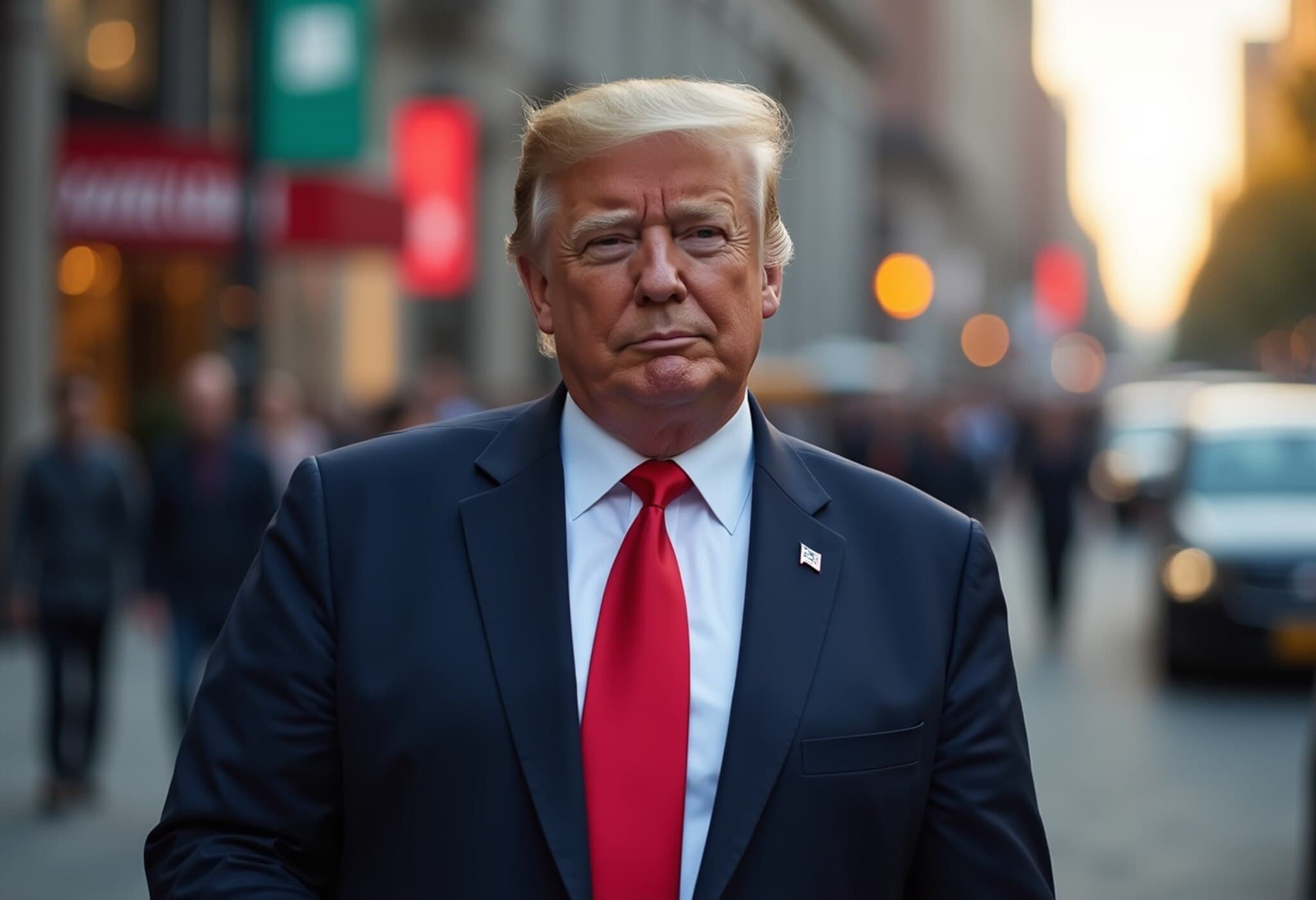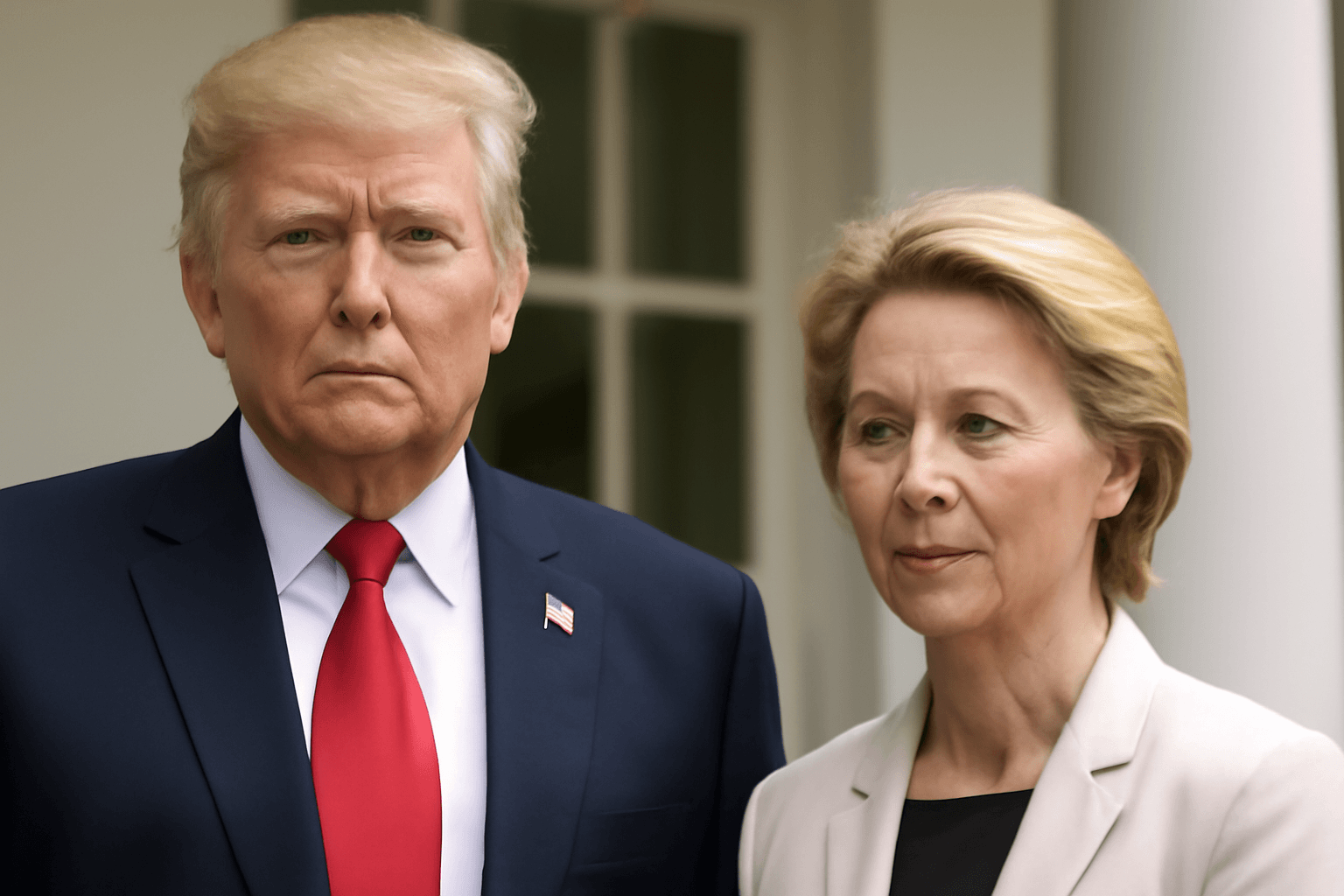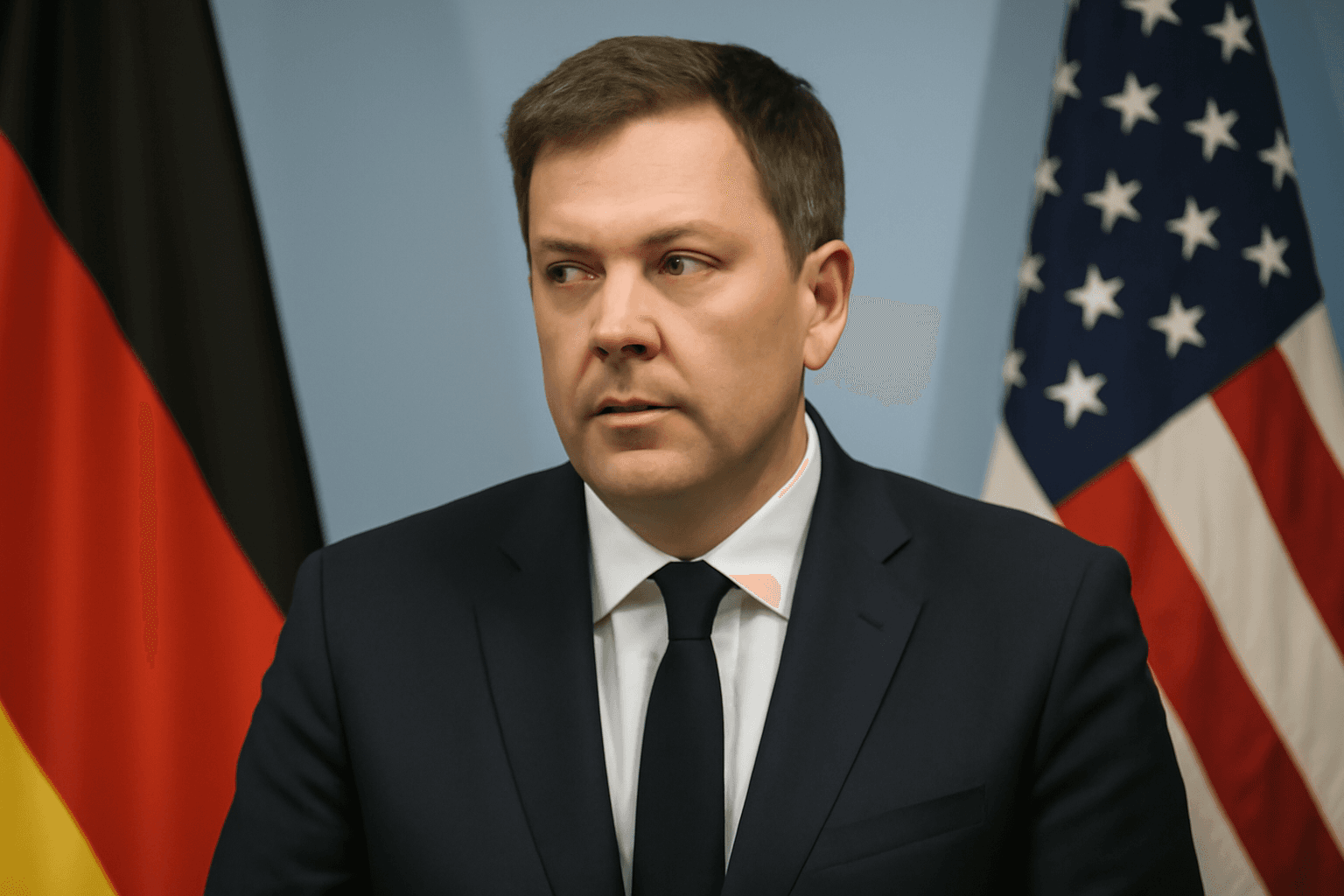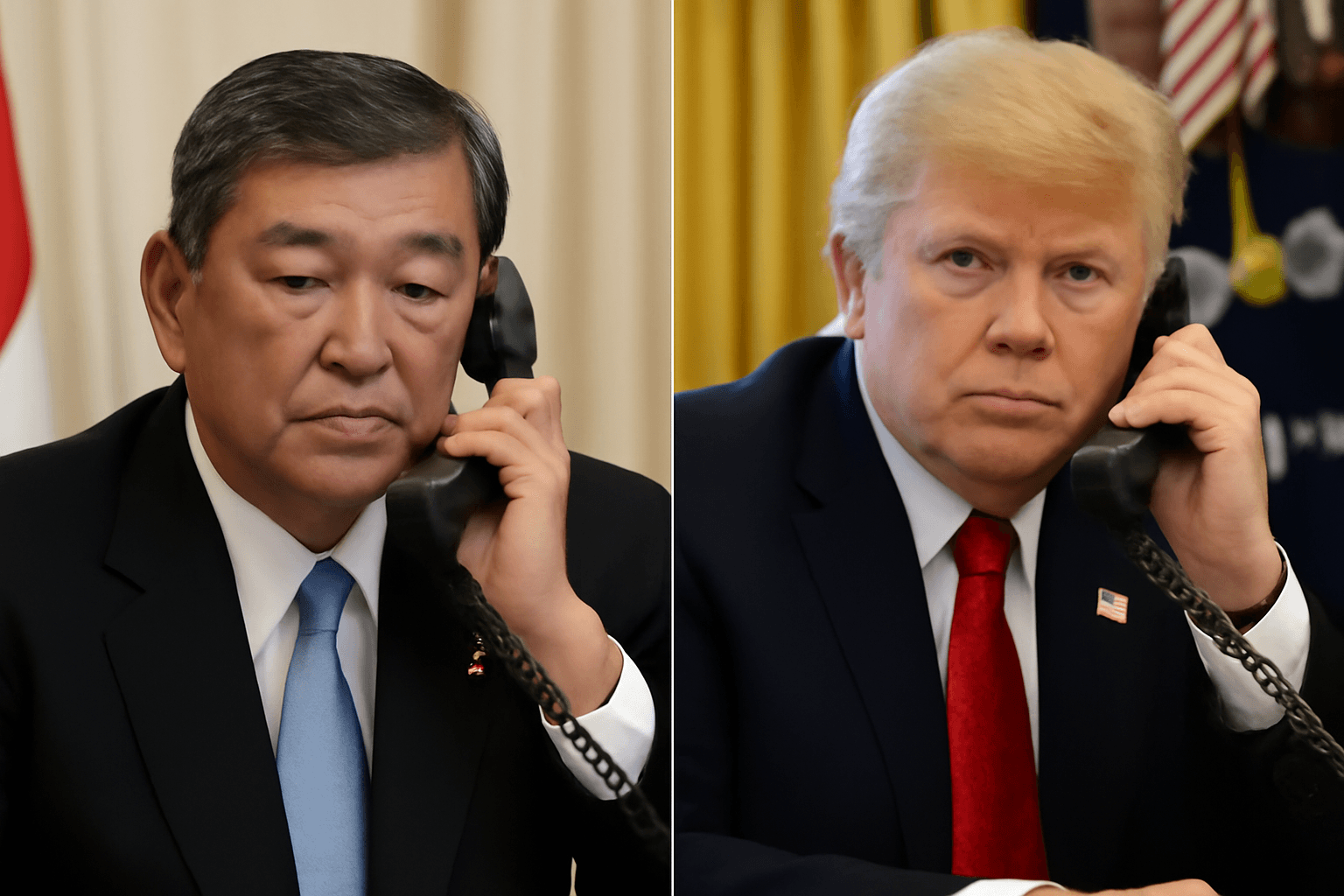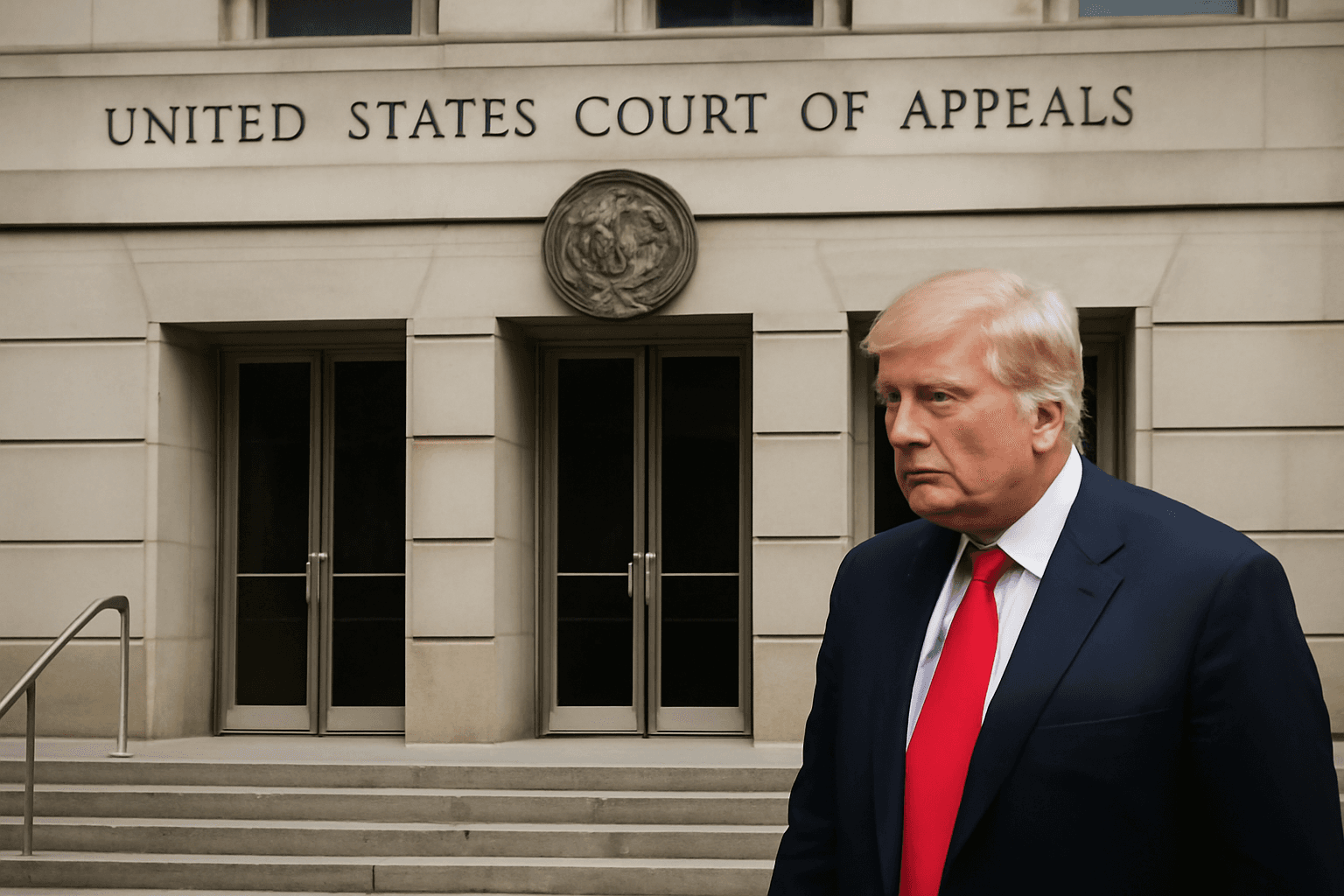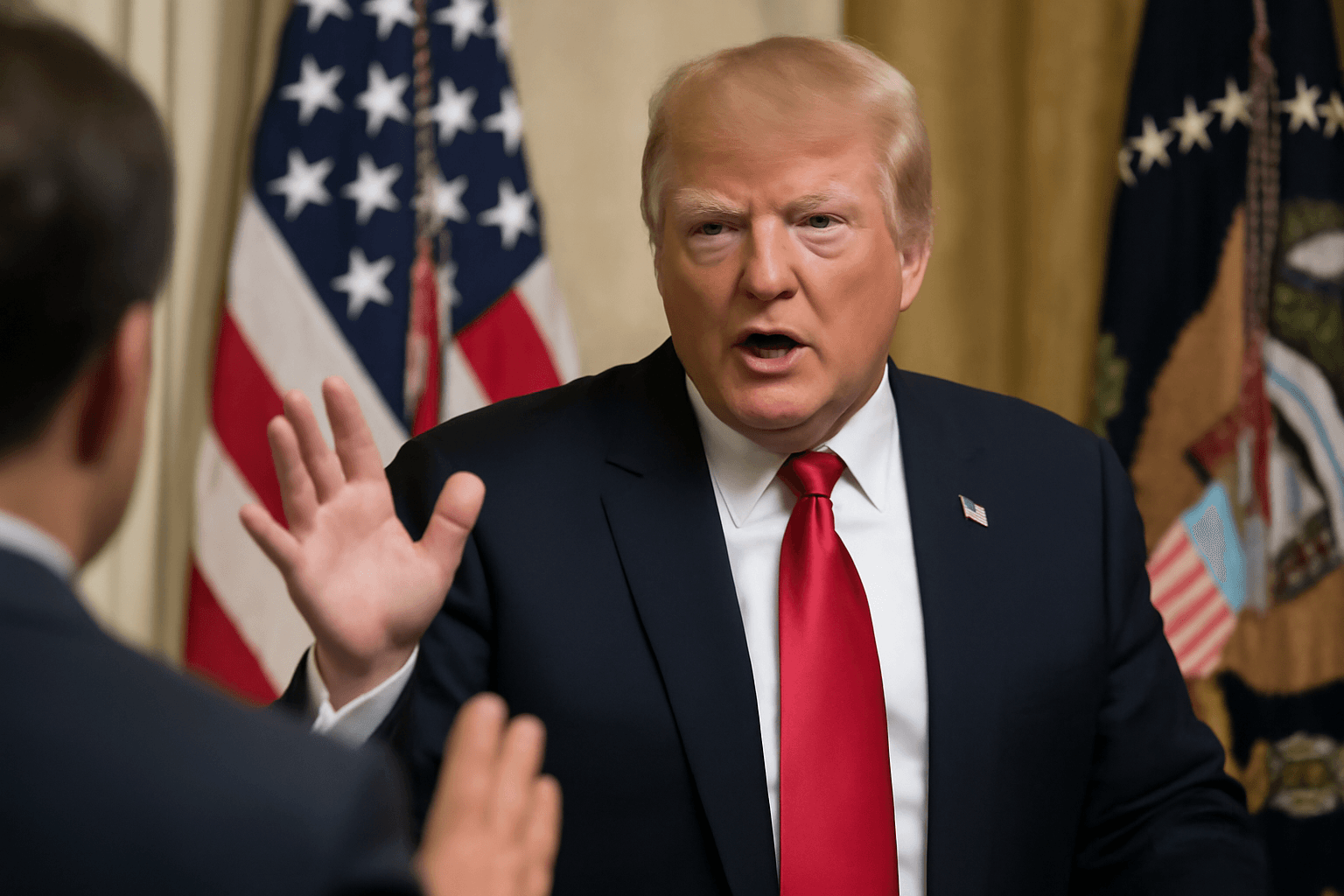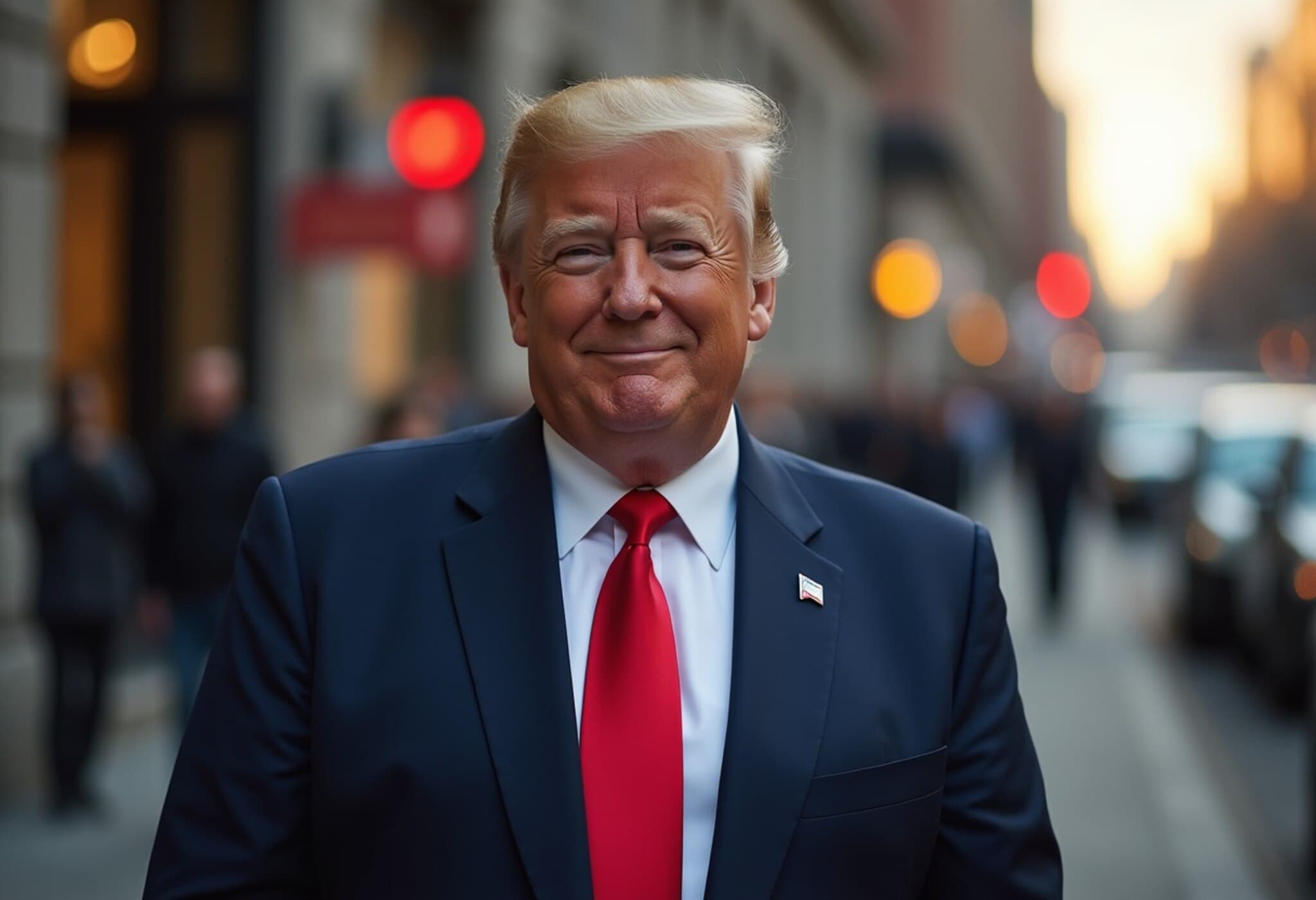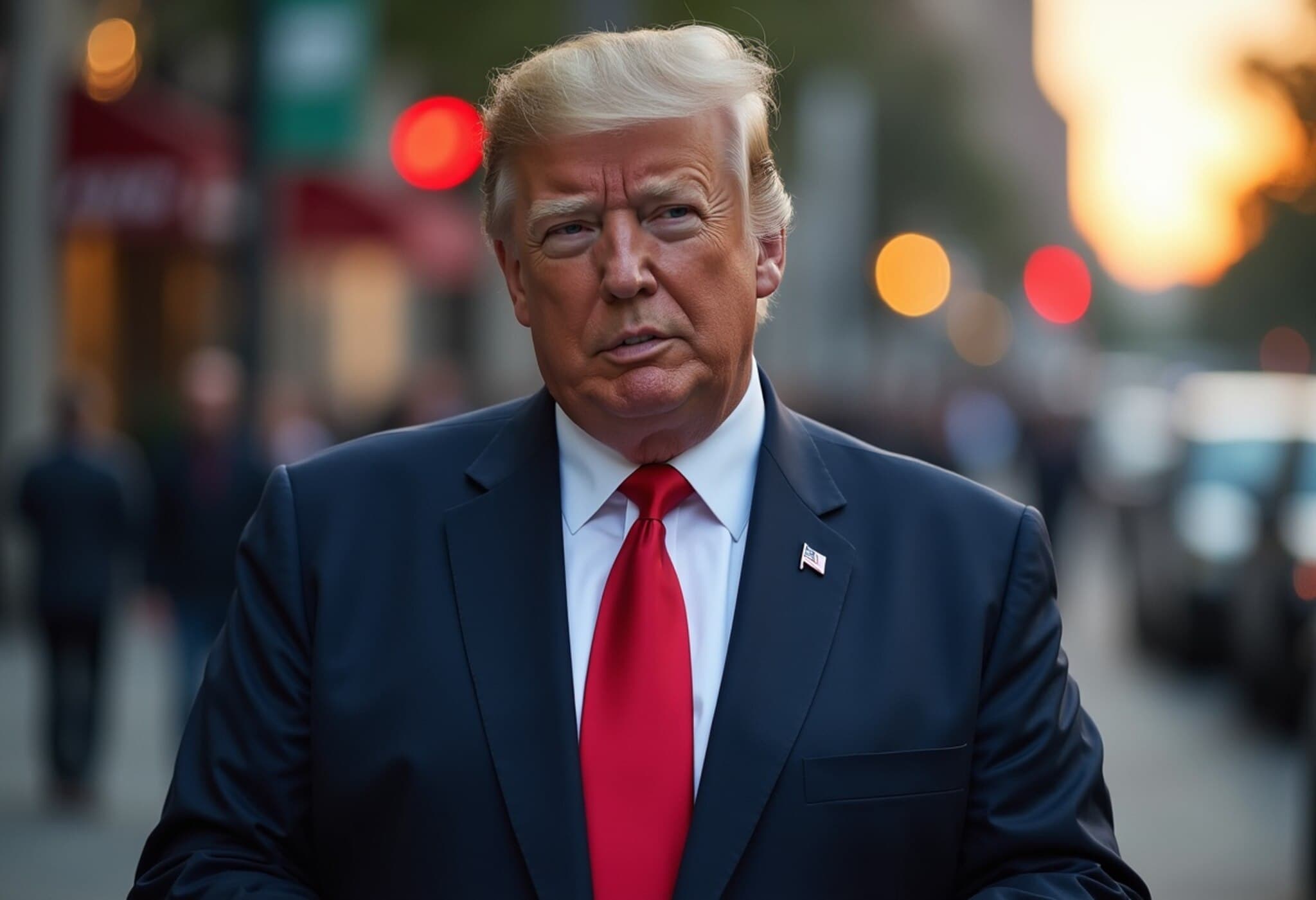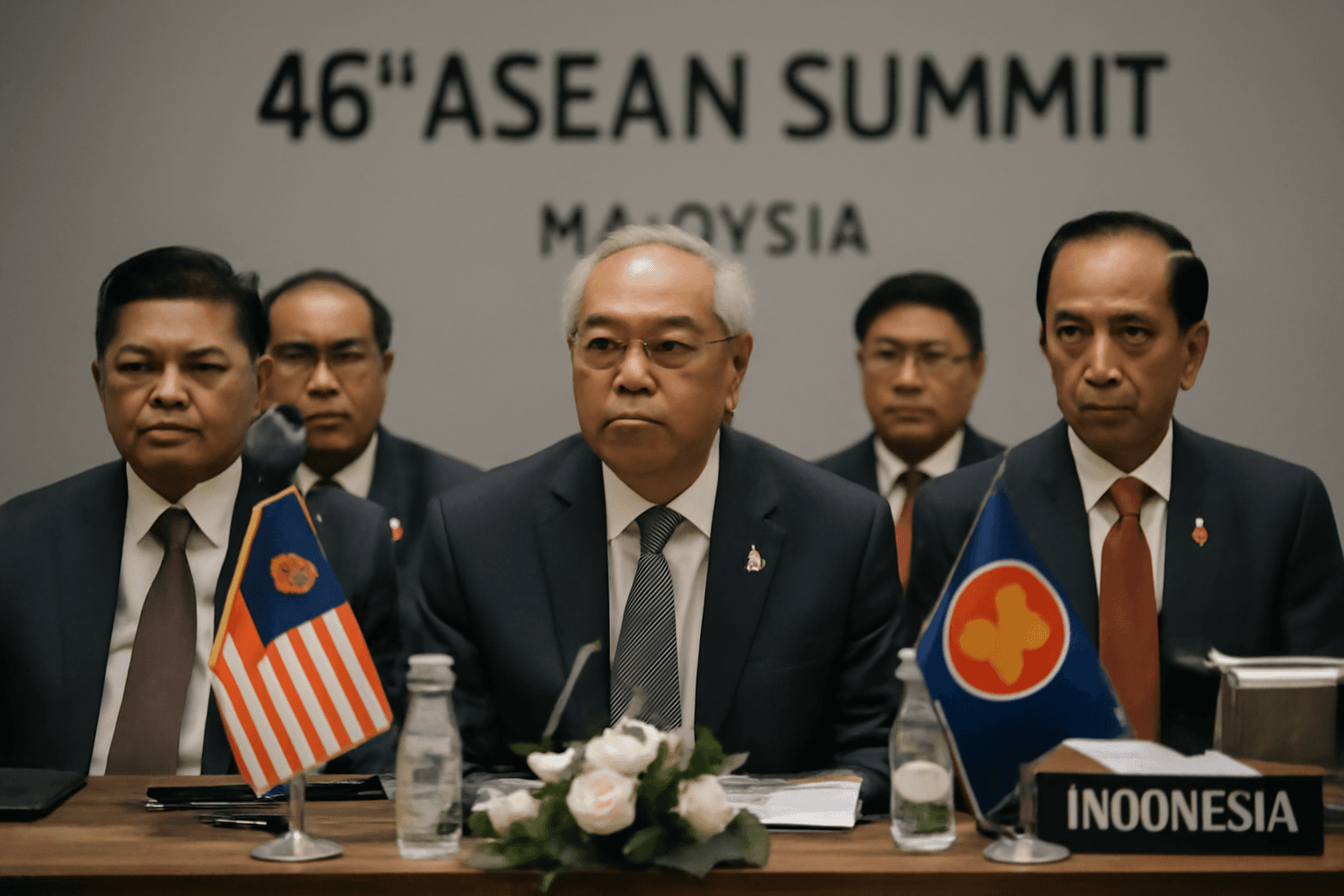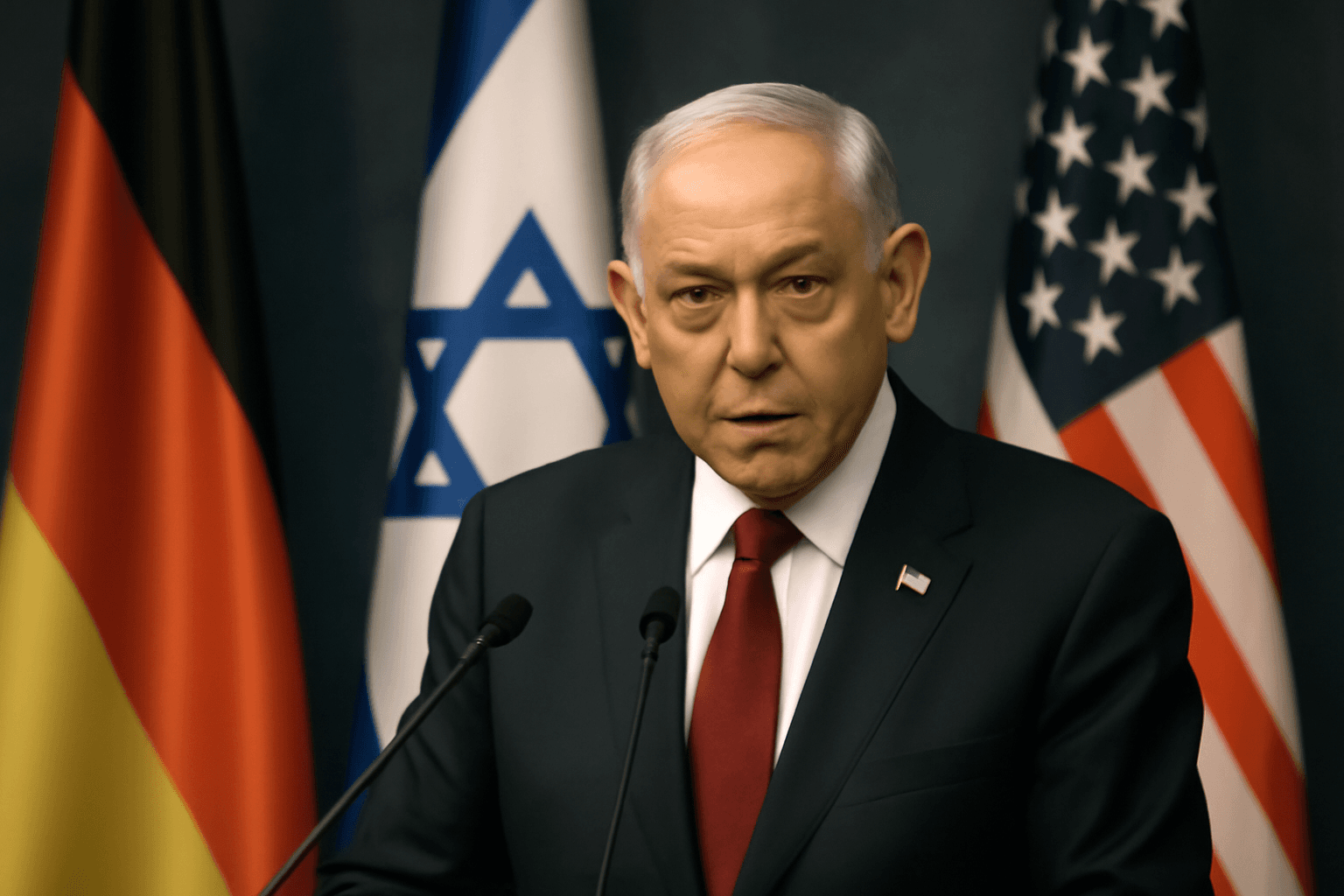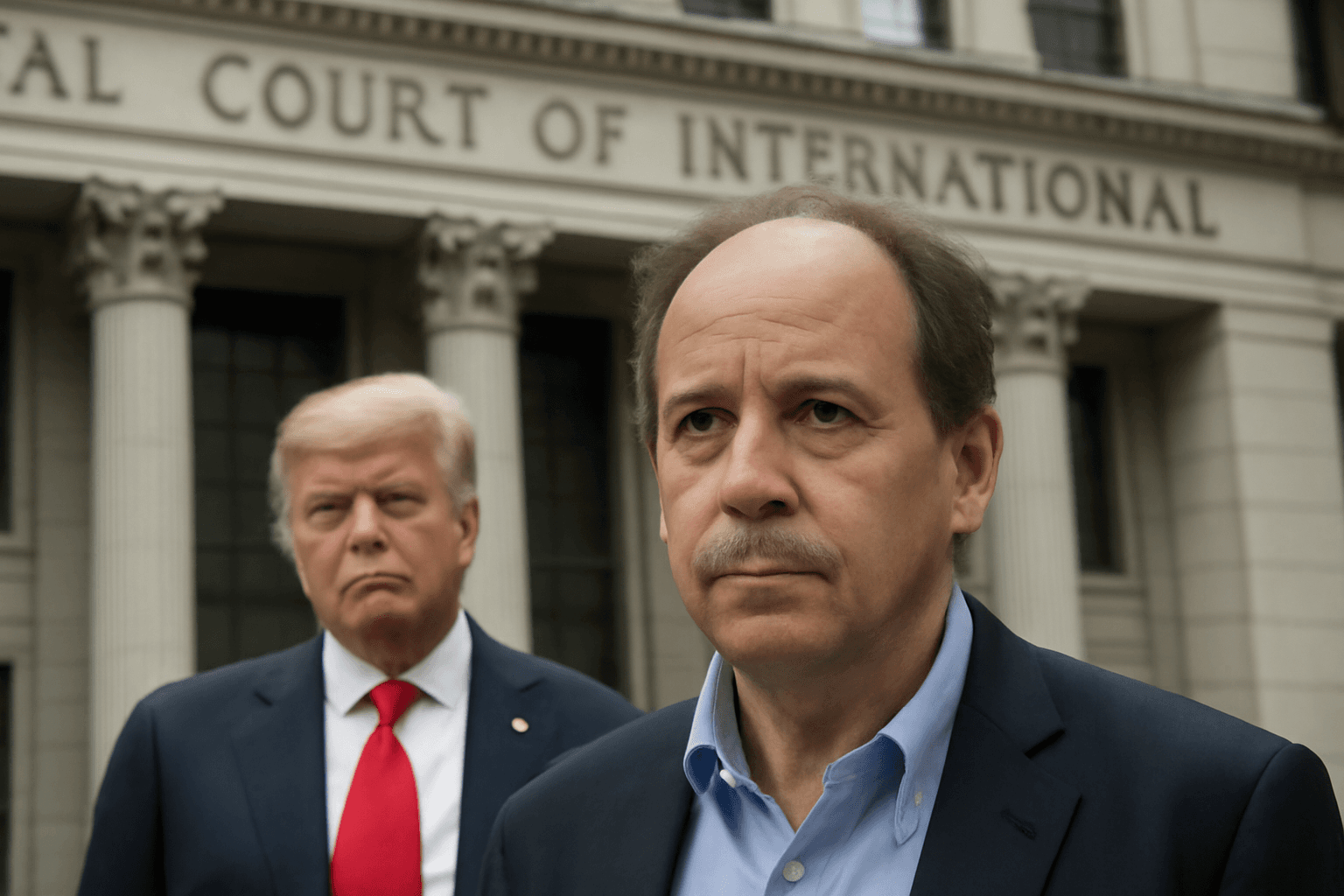Trump Unveils Extensive Tariff Overhaul, Shaking Global Trade Relations
On August 1, 2025, U.S. President Donald Trump announced a bold executive order that reconfigures tariffs on a broad range of U.S. trading partners, escalating trade tensions worldwide. This sweeping policy adjustment recalibrates punitive tariff rates under a so-called “reciprocity” framework, aimed at balancing perceived unfair trade practices.
During a phone interview with NBC News, President Trump indicated a willingness to entertain better trade offers but stressed that for many countries, the deadline to avoid these new tariffs has passed. This development has sent ripples across global markets and diplomatic circles, challenging long-standing economic ties.
Key Tariff Changes and Timelines
- Canada: Tariff rate increased to 35%
- Switzerland: Hit with a 39% tariff rate
- Taiwan: Faces a 20% duty
- India: Previously announced 25% tariff remains in effect
- Australia: Lowest tariff rate of 10%
All new tariffs are slated to take effect on August 7, 2025, except Mexico, which secured a temporary 90-day reprieve as negotiations continue.
Global Reactions: From Negotiation to Resignation
Mexico’s Diplomatic Win
Mexican President Claudia Sheinbaum Pardo welcomed a 90-day extension on the planned U.S. tariff increase to 30%, describing it as an opportunity to engage in comprehensive dialogue. “We avoided the increase of tariffs announced for tomorrow and prevailed with 90 days to build a large-scale agreement based on dialogue,” Sheinbaum said following a discussion with President Trump. This extension presents Mexico with a critical window to recalibrate trade relations and protect its export-driven economy.
Switzerland Pushes for Diplomacy Amid Sharp Tariff Impact
Switzerland found itself on the sharp end of the tariff reshuffle, with a 39% levy causing concern in Swiss government circles. The Federal Council expressed regret over the U.S.’s unilateral move, emphasizing Switzerland’s constructive stance during prior bilateral talks. The Swiss government has committed to ongoing dialogue and is actively seeking negotiated solutions to mitigate adverse effects on bilateral trade.
Asian Nations Navigate Complex Trade Currents
In Asia, responses have been mixed but largely pragmatic. Taiwan, Cambodia, and Japan faced new tariff structures, though some, like Japan and Thailand, promised support measures to help their domestic businesses weather the economic storm. Australian Trade Minister highlighted the country’s 10% tariff rate as a diplomatic “vindication,” attributing it to steady, composed negotiations with the U.S.
Trade Experts Weigh In: Implications and Outlook
Trade policy analysts emphasize that these tariff adjustments mark a significant departure from previous U.S. trade diplomacy, signaling a more aggressive and unilateral approach. Experts warn this could spur retaliatory measures, disrupt supply chains, and ultimately hurt global economic recovery efforts still fragile from recent disruptions.
Legal scholars and economists note that while “reciprocity” tariffs are intended to level the playing field, enforcement via steep tariffs risks escalating trade wars and increasing prices for American consumers and businesses alike. The geopolitical undercurrents—especially concerning U.S. allies like Canada and Switzerland—add layers of complexity to already strained international relations.
What Lies Ahead?
The next few months will be pivotal as affected countries decide whether to compromise, retaliate, or seek dispute resolutions through platforms like the World Trade Organization. Meanwhile, U.S. businesses reliant on international supply chains brace for potential cost hikes and market volatility.
Summary for the Informed Reader
- President Trump’s tariff overhaul signals a tougher U.S. stance but risks global friction.
- Countries like Mexico secure negotiation windows; others face steep levies.
- Potential ripple effects include disrupted supply chains, economic uncertainty, and diplomatic challenges.
- The situation underscores the fragile balance between protecting domestic industries and maintaining global trade partnerships.
Editor’s Note
President Trump’s aggressive tariff strategy reflects a broader shift in America’s trade policy toward assertive protectionism. While aimed at addressing long-standing trade imbalances, the approach poses fundamental questions about the sustainability of global trade architectures that have underpinned economic growth for decades. Observers should watch closely how affected nations respond—not only diplomatically but economically—and consider what this means for the future of multilateral trade cooperation and the global marketplace.

